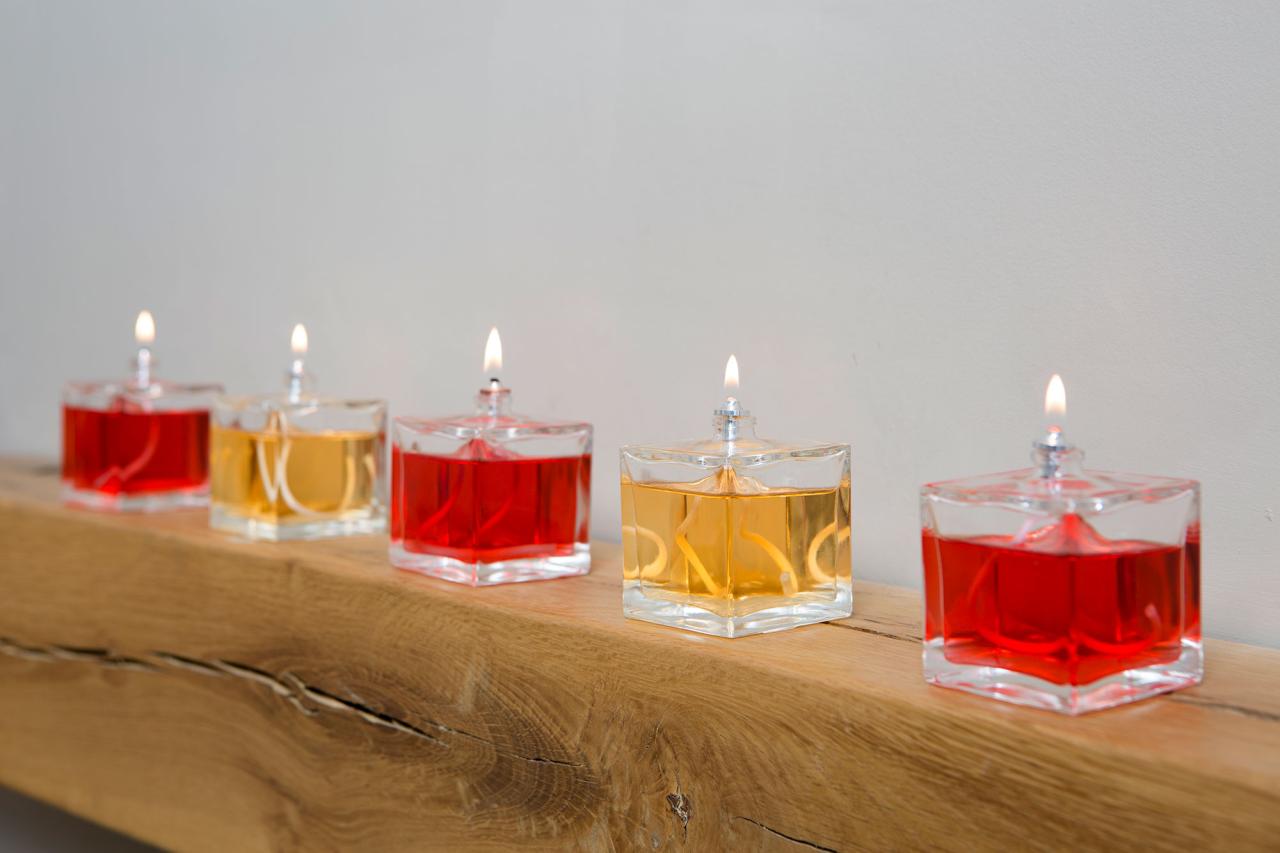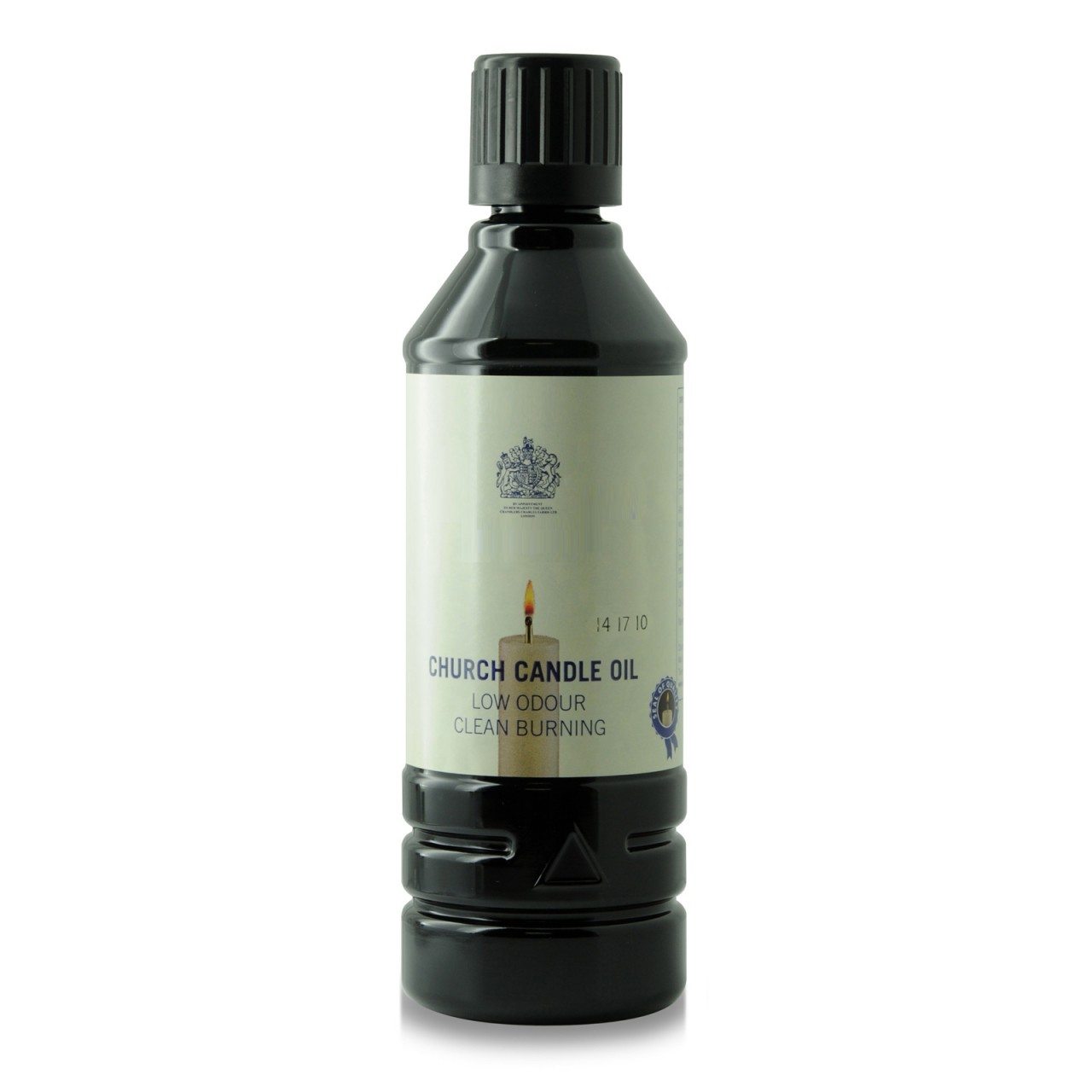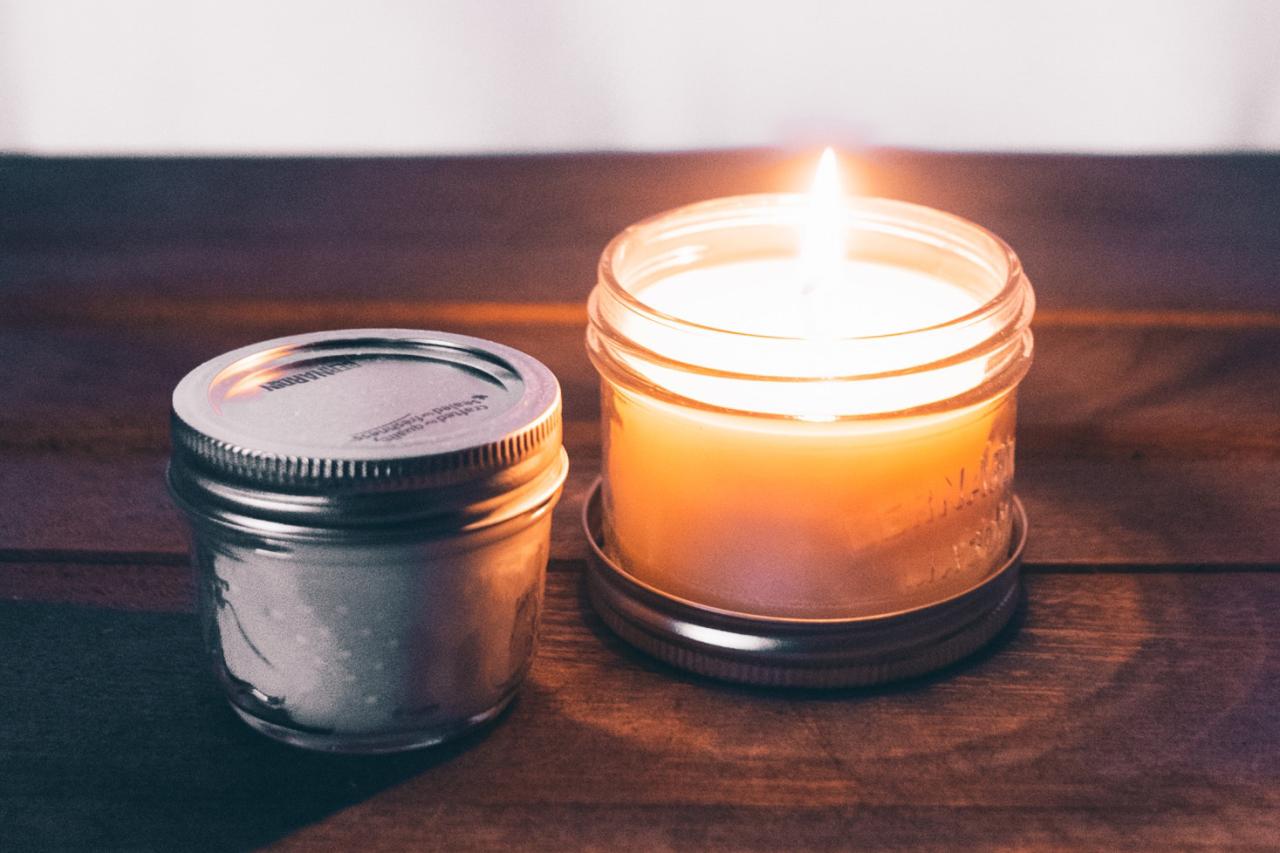Embark on a captivating journey into the realm of oil candle supplies, where creativity and illumination intertwine. From understanding the fundamental components to exploring a myriad of design possibilities, this comprehensive guide will empower you to craft enchanting oil candles that illuminate your space with warmth and ambiance.
Oil Candle Supplies Overview

Oil candle making is an ancient craft that has been practiced for centuries. The essential components of oil candles are oil, a wick, and a container. The type of oil used will determine the burn time and scent of the candle.
Wicks can be made from a variety of materials, such as cotton, paper, or wood. The container can be made from glass, metal, or ceramic.There are many different types of oil candles available, each with its own unique characteristics. Some of the most popular types of oil candles include:
- Paraffin oil candlesare made from paraffin wax, which is a byproduct of petroleum. Paraffin oil candles are relatively inexpensive and have a long burn time. However, they can produce soot and smoke when burned.
- Soy oil candlesare made from soybean oil, which is a renewable resource. Soy oil candles are biodegradable and burn cleanly, producing very little soot or smoke. They also have a relatively long burn time.
- Beeswax candlesare made from beeswax, which is produced by honeybees. Beeswax candles are natural and have a sweet, honey-like scent. They burn cleanly and have a long burn time.
The history of oil candle making dates back to ancient times. The earliest oil candles were made from animal fat or vegetable oil. These candles were used for lighting and heating homes and temples. In the 19th century, paraffin wax was discovered and became the most popular type of wax used in oil candles.
Today, oil candles are still used for lighting and heating, but they are also popular for decorative purposes.
Essential Materials and Equipment

To embark on your oil candle-making journey, you’ll need to gather a few essential materials and equipment. Understanding the purpose and characteristics of each component is crucial for crafting high-quality, aesthetically pleasing candles.
Materials
- Oil:The heart of your candle, oil determines the burn time, scent, and overall performance. Choose from various types like paraffin, soy, coconut, or beeswax, each with unique properties.
- Wicks:The wick acts as a conduit for the oil to reach the flame. Different wick materials and sizes cater to specific candle sizes and oil types.
- Containers:Select containers that are heat-resistant, non-flammable, and aesthetically pleasing. Consider glass jars, metal tins, or ceramic vessels.
- Additives (Optional):To enhance the candle’s appearance, scent, or burn characteristics, you can add dyes, fragrances, or stabilizers.
Wicks
Choosing the right wick is essential for a proper burn. Here are some common types:
- Cotton Wicks:Natural and biodegradable, cotton wicks provide a stable flame and are suitable for most oils.
- Paper Wicks:Inexpensive and easy to use, paper wicks burn quickly and are best for smaller candles.
- Wooden Wicks:Eco-friendly and aesthetically pleasing, wooden wicks crackle as they burn, creating a cozy ambiance.
Oil
The type of oil you choose will significantly impact your candle’s performance. Consider the following factors:
- Burn Time:Different oils have varying burn times. Paraffin oil burns the longest, while soy and coconut oils have shorter burn times.
- Scent:Scented oils are available in a wide range of fragrances. Choose scents that complement your decor or create a specific ambiance.
- Sustainability:Soy and coconut oils are renewable resources, making them eco-friendly choices.
Candle Making Process
Creating oil candles involves a simple yet intricate process that combines art and science. This guide will provide a comprehensive overview of the steps and techniques involved in making oil candles, addressing common troubleshooting issues along the way.
Materials Preparation
Before embarking on the candle-making process, it is essential to gather all the necessary materials. These include oil (such as olive oil, coconut oil, or paraffin oil), wicks, containers (such as jars or tins), and any desired fragrances or colorants.
Wick Selection and Preparation
The wick plays a crucial role in the burning performance of the candle. Choose a wick that is appropriate for the size and type of oil being used. It should be long enough to reach the bottom of the container and extend slightly above the surface of the oil.
Oil Preparation
If using a solid oil like coconut oil, melt it gently in a double boiler or microwave until it becomes liquid. Add any desired fragrances or colorants at this stage and stir thoroughly to ensure even distribution.
Pouring the Oil
Carefully pour the prepared oil into the chosen container. Center the wick in the container and secure it with a wick holder or adhesive. Allow the oil to cool and solidify completely before lighting the candle.
Troubleshooting Common Problems
If you encounter any issues while making oil candles, here are some common problems and their potential solutions:
- Wick burning too high:Use a shorter wick or trim the wick regularly to prevent excessive smoke and flickering.
- Wick burning too low:Use a longer wick or ensure that the wick is properly centered in the container.
- Oil not burning evenly:Ensure that the oil is evenly distributed throughout the container and that there are no air pockets.
Safety and Storage: Oil Candle Supplies
When working with oil candles, safety should be a top priority. Proper storage and handling of these candles are essential to prevent potential hazards and ensure a safe and enjoyable experience.
One of the primary concerns with oil candles is the risk of fire. The oil used in these candles is flammable, and it is important to keep them away from open flames or heat sources. Always place oil candles on a stable, heat-resistant surface, and never leave them unattended while burning.
Proper Storage, Oil candle supplies
- Store oil candles in a cool, dry place away from direct sunlight or heat sources.
- Keep candles upright and avoid placing them in areas where they may be knocked over.
- Do not store oil candles near flammable materials, such as curtains or paper.
Safe Handling
- Always trim the wick to 1/4 inch before each use to prevent soot and smoke.
- Keep the candle away from drafts or fans, as this can cause the flame to flicker and increase the risk of fire.
- Never move a burning candle. Allow it to cool completely before handling.
- Extinguish the candle by dipping the wick into the oil and then straightening it back up. This will prevent the wick from smoking or smoldering.
Final Summary

As you delve into the world of oil candle making, may your creations become a testament to your artistic flair and a source of tranquility in your home. Remember, safety is paramount, and proper storage and handling will ensure the longevity of your exquisite masterpieces.


